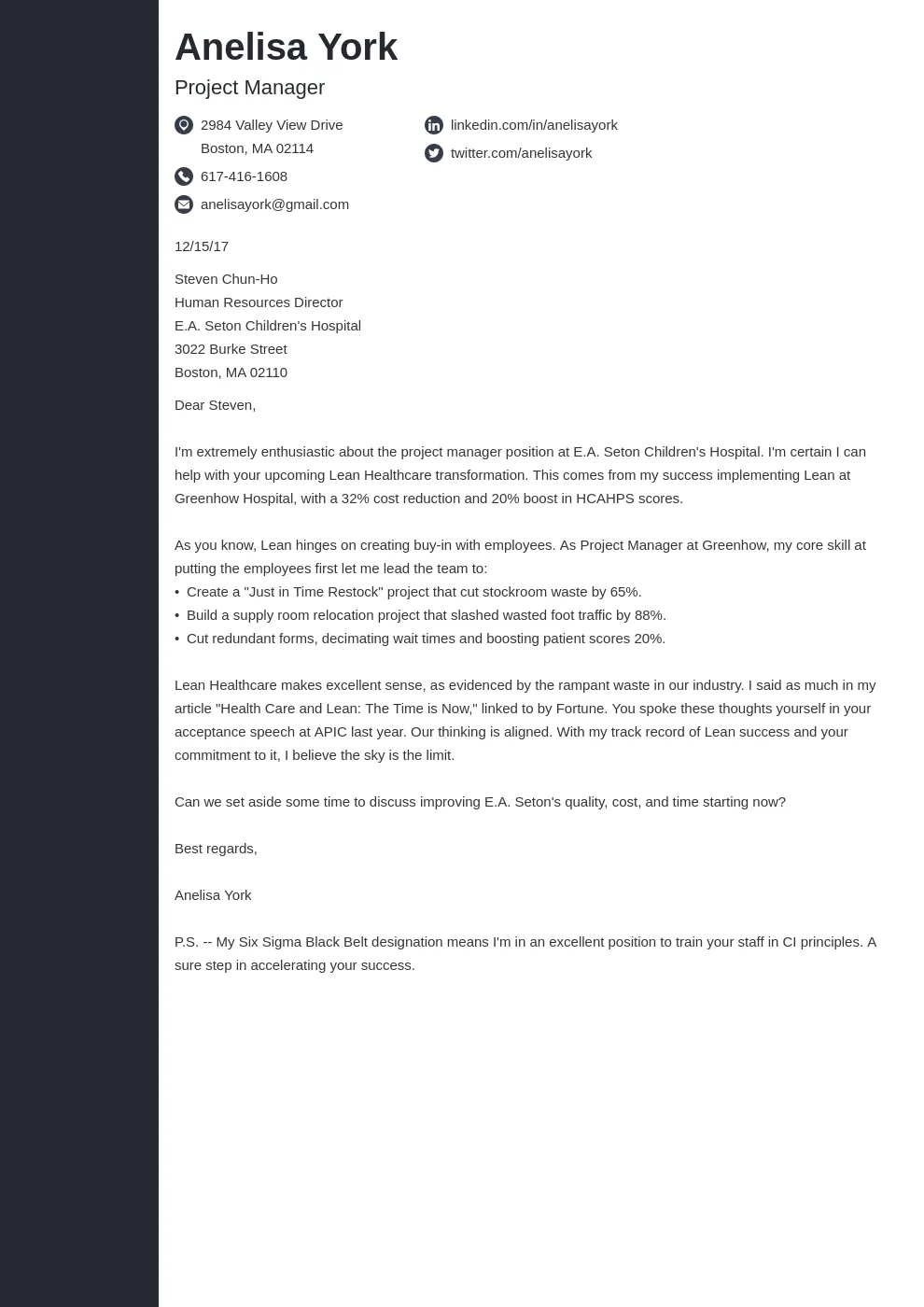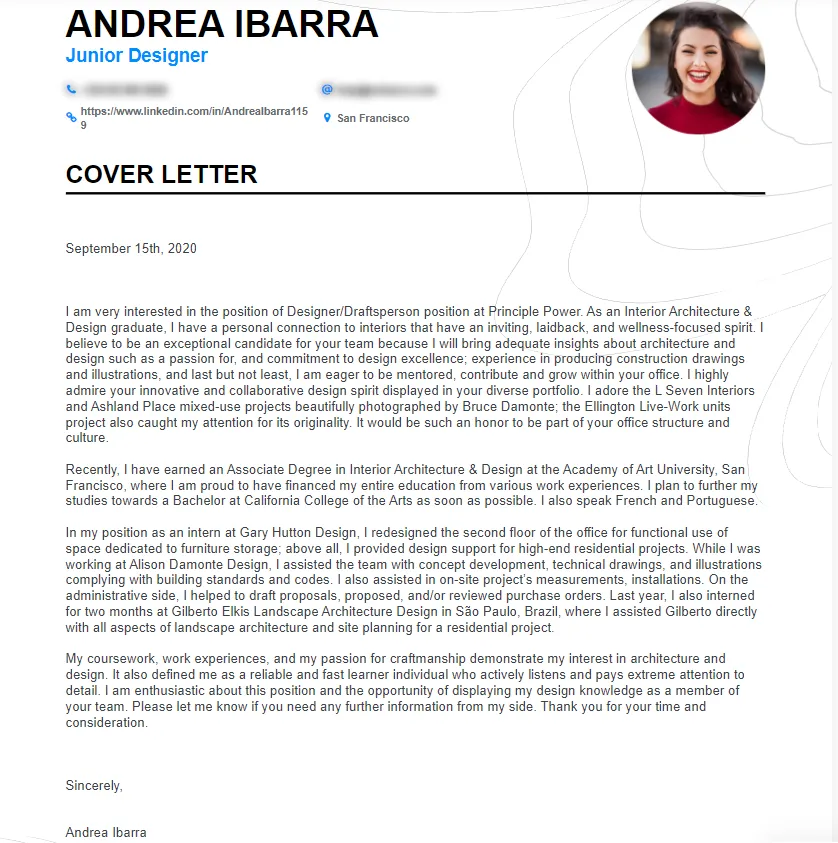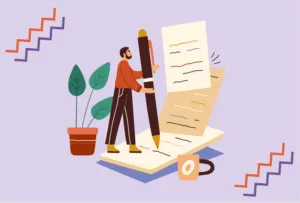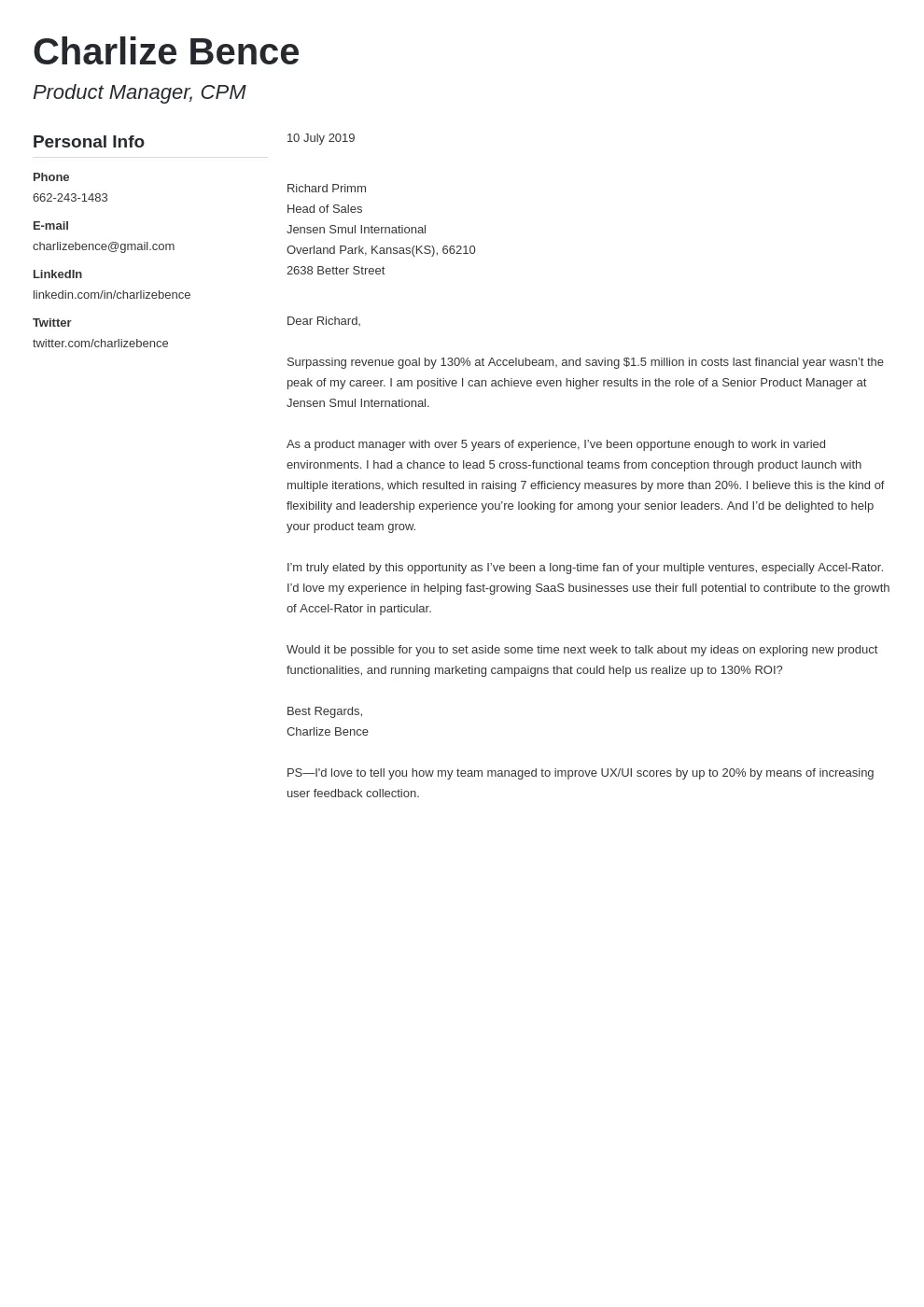Understanding Cover Letter Length
The question of how long a cover letter should be is a common one for job seekers. There’s no single, universally accepted answer, but there are general guidelines and best practices to follow. The primary goal of your cover letter is to introduce yourself, highlight your relevant skills and experiences, and express your interest in the specific job. Therefore, the length should be sufficient to achieve these objectives without being overly verbose or wasting the reader’s time. A well-crafted cover letter is a concise summary of your qualifications and a persuasive argument for why you’re a good fit for the position. This guide will delve into the ideal cover letter length, how formatting affects it, and how to tailor your letter to different situations and industries. Understanding these elements will help you create a cover letter that captures attention and makes a positive impression on potential employers.
The Ideal Cover Letter Length
The ideal length for a cover letter is generally one page, and ideally, it should not exceed 400 words. This one-page format is the standard, allowing you to provide enough information without overwhelming the hiring manager. Aim for a cover letter that’s clear, concise, and easy to read. It should demonstrate your interest in the role, highlight key qualifications, and encourage the reader to review your resume. While some situations may warrant a slightly longer cover letter, it’s best to avoid it. Keep your writing focused and relevant. The length should allow you to showcase your skills, experiences, and enthusiasm effectively. A cover letter that respects the reader’s time is more likely to be well-received. The format should also be clean and easy to read, with enough white space to prevent the reader from feeling overwhelmed.
Cover Letter Formatting and Length

Formatting plays a significant role in how your cover letter is perceived, and it directly affects its perceived length. Use a professional font, such as Times New Roman, Arial, or Calibri, and keep the font size between 10 and 12 points. Consistent formatting enhances readability. Ensure your cover letter is well-structured with clear paragraphs, appropriate spacing, and a professional tone. Use single-line spacing with a space between paragraphs to make your cover letter easy on the eyes. Avoid dense blocks of text, as they can discourage the reader. Proper formatting helps you make the most of the space available while ensuring your key points are easily accessible. The overall goal is to create a document that’s visually appealing and easy to navigate, allowing the hiring manager to quickly grasp your qualifications and interest in the role. This also helps to keep the document within the ideal length.
Factors Influencing Cover Letter Length
Several factors can influence the appropriate length of your cover letter. The complexity of the role is one of them. For a highly specialized or senior-level position, you might need to provide more details on your experience, but still, keep it concise. Your experience level is another consideration; more experienced candidates may have more to discuss, but it’s crucial to prioritize the most relevant information. The specific requirements of the job posting are important. If the job description asks for specific examples or highlights certain skills, your cover letter will need to address those points. Also, the industry matters. Some industries may have different expectations for cover letter length. However, the one-page rule usually applies. Always tailor your cover letter to the specific job and company. Prioritize the most compelling aspects of your qualifications to keep the reader engaged and interested.
Resume vs Cover Letter Length
It’s important to differentiate between the roles of a resume and a cover letter, and how their lengths should differ. Your resume provides a comprehensive summary of your work history, skills, and education, and its length can vary based on your experience, typically ranging from one to two pages. The cover letter, on the other hand, is a more personalized document that focuses on your specific interest in the job and how your qualifications align with the role’s requirements. The cover letter serves as an introduction and should encourage the reader to review your resume. Avoid repeating all the information in your resume in your cover letter. Instead, use the cover letter to highlight the most relevant skills and experiences, explaining how they apply to the specific job. This concise approach will help you stay within the ideal length and make a stronger impression. The cover letter should complement, not duplicate, your resume.
Common Cover Letter Length Mistakes

Several common mistakes can make a cover letter too long, thereby diminishing its effectiveness. One common mistake is including irrelevant information that doesn’t directly relate to the job. Another is using overly verbose language or rambling sentences. Focus on conciseness and clarity. Avoid simply restating your resume; instead, provide context and explain how your experience aligns with the job’s needs. Another mistake is failing to tailor the cover letter to the specific job and company, resulting in a generic letter that doesn’t resonate with the reader. Overly long paragraphs and a lack of white space also make the cover letter difficult to read. Proofread carefully to eliminate grammatical errors and typos, as they can detract from the overall impression. A well-crafted, concise cover letter is more likely to get you noticed.
How to Shorten Your Cover Letter
If your cover letter is too long, you can take several steps to shorten it. First, review each sentence and eliminate unnecessary words and phrases. Be direct and concise in your language. Prioritize the most relevant information, focusing on the skills and experiences that directly match the job requirements. Cut out any generic statements that don’t add value to your application. Use action verbs and strong language to make your points more impactful. Summarize your achievements and quantify your results whenever possible. Eliminate redundant information and avoid repeating what’s already in your resume. Proofread carefully to ensure that your writing is clear and focused. By streamlining your content, you can create a cover letter that is the ideal length.
Tips for a Concise Cover Letter
To write a concise cover letter, focus on these key tips. Start with a strong opening that immediately grabs the reader’s attention and clearly states your interest in the job. In the body, highlight your most relevant skills and experiences, providing specific examples to illustrate your qualifications. Quantify your accomplishments whenever possible to demonstrate your impact. Use action verbs to make your writing more dynamic. Keep your paragraphs short and focused, making it easy for the reader to scan the document. Tailor your letter to the specific job and company, demonstrating that you’ve done your research and understand their needs. Conclude with a clear call to action, such as expressing your enthusiasm for an interview. Proofread carefully to ensure your letter is free of errors and polished.
Cover Letter Length for Different Industries

While the general guideline is one page, the expectations for cover letter length can vary slightly by industry. Some industries, such as academia or research, may allow for a slightly longer cover letter, especially if you need to detail complex projects or research findings. However, in most industries, especially those in the corporate world, a one-page cover letter is preferred. It’s crucial to research the specific industry and company to understand their preferences. Some companies may provide specific guidelines on what to include in your cover letter. Always tailor your cover letter to the industry standards and the specific requirements of the job. The goal is to provide enough information to showcase your qualifications without overwhelming the hiring manager.
Making the Most of Your Cover Letter
To make the most of your cover letter, focus on quality over quantity. Write a cover letter that is tailored to each job application. This shows you understand the company and the role. Use your cover letter to explain why you’re interested in the job and what you bring to the table. Highlight your most relevant skills and experiences, and provide specific examples of your achievements. Quantify your accomplishments to make them more impactful. Proofread your cover letter carefully to ensure there are no errors, and make sure the tone is professional. Make sure that your cover letter is a strong introduction and makes the hiring manager want to learn more about you. A well-crafted cover letter that adheres to the recommended length will significantly increase your chances of getting an interview.
Conclusion
In conclusion, while the ideal cover letter length is generally one page, the key is to be concise, relevant, and tailored to the specific job. Formatting, industry, and experience level can influence the appropriate length, but avoiding common mistakes like irrelevant information and generic language is essential. By focusing on your most relevant skills, providing specific examples, and proofreading carefully, you can create a cover letter that makes a strong impression. A well-written cover letter serves as an introduction, sparking the hiring manager’s interest and encouraging them to review your resume. Following these guidelines will help you create a cover letter that effectively showcases your qualifications and increases your chances of landing your dream job. The main focus should be to write a compelling cover letter that grabs the reader’s attention.
